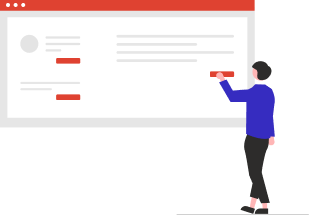One of the largest utility providers in USA faced a significant challenge: a growing number of customer complaints regarding unexpectedly high electricity bills. Many customers were confused about the reasons behind their bills and sought actionable solutions to reduce costs. To address these issues, the utility provider implemented the High Bill Analyzer (HBA), a specialized tool designed to assist customer support representatives in analyzing and resolving high-bill inquiries.
Implementation of the High Bill Analyzer

The HBA was integrated into the utility provider's customer support system, allowing representatives to access detailed account information and perform bill analyses in real-time.
The utility provider conducted training sessions for customer support representatives on how to effectively use the HBA, interpret data, and generate recommendations.

The utility provider launched an awareness campaign to educate customers about the HBA and its benefits, encouraging them to reach out for detailed bill analyses.
Resolving a High-Bill Inquiry
The customer reported a 40% increase in their electricity bill during the summer months, despite no significant changes in their household behavior.
The High Bill Analyzer proved to be an invaluable tool for addressing high-bill inquiries and promoting energy efficiency. By leveraging data-driven insights and providing actionable recommendations, the utility provider not only improved customer satisfaction but also empowered customers to take control of their energy usage. This case study highlights the importance of innovative tools like the HBA in enhancing the customer experience and driving sustainable energy practices